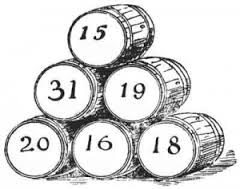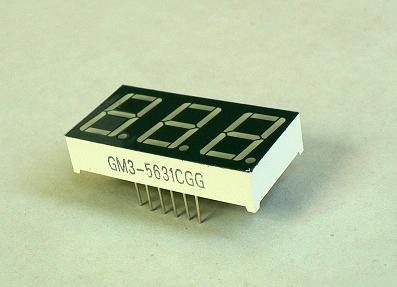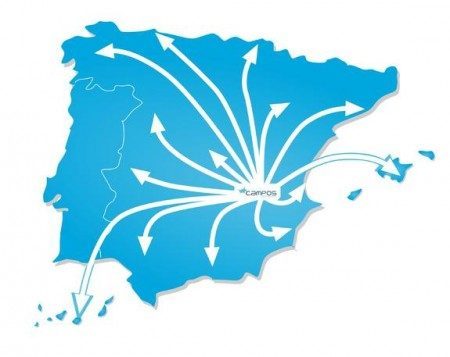Data comes from the Latin language, from the word "datum", and refers to a representation through numeric, alphabetic, or other symbols of the characteristic of something. For example, we could say that that something, that entity, is the current time, and the data would be something like 15:21 h.

In a computer program, the hour or hourly data might be contained in a variable. A variable is so named because it has data that varies. For example, within a program, the START_TIME variable could be equal to 13, meaning that something started at 1:00 p.m., while the END_TIME variable could contain the data 17, meaning that something ended at 5:00 p.m.
A data then has no meaning in itself, but if it is processed properly it can be used to perform calculations or make decisions. Therefore, it is interesting to differentiate between the concepts of "fact" and information. The data, as we pointed out before, have no meaning of their own, but when they are subjected to a processing (biological, mechanical or electronic) they give as a final result an abstraction that makes sense by itself: the information. In a living system, the "data" can be the sound emitted by an alarm (just a noise in itself), the processing is the arrival of the sound converted into nerve impulses into the brain, and the final information is "caution!" , as our mind interprets it.
As an example of digital processing of the data, an atomic clock attached to a satellite orbiting the earth usually sends data to GPS systems (global position system: global positioning systems). On radio astronomy a very exact form of measure the time, and for this reason there are software free that allows to obtain the fact that provides the atomic clock of a satellite in terms of the current time and reuse it for the analysis of celestial bodies (planets, asteroids, etc.) or even other satellites in operation or in disuse.
The way to quantify the magnitude of a piece of data (or of the subsequent information that arises from its processing) consists of the bit system. Bit is called the minimum transmittable information capacity and is usually represented by a binary digit (zero or one). Thus, the question "do you understand this sentence?" it can generate a one-bit response ("yes" or "no", 1 or 0). An 8-bit octet is referred to in the jargon as a byte. From there, through the use of powers of the number 2, they are recognized as units to quantify the information to the kilobyte (KB, 1024 bytes), to the megabyte (MB, 1024 KB or about 1 million bytes), to the gigabyte (about 1 billion bytes) and their successive multiples.
For the processing of this large amount of data, a system with sufficient capacity and speed is required. The characteristics on which an algorithm of a program operates are expressed through data. On the other hand, databases are storage structures on a computer, which allow us to access by searching, are divided into fields and are generally organized into records. We could think of the Internet as a daunting database.
Databases have greatly simplified the storage and processing of this content. From the first commercial programs for the general public to modern professional systems that allow complex statistical calculations to be carried out, databases have become a true specialty of processing tools. As a consequence, security concerns have arisen, which have been partially resolved through the extension of the protection laws of data (habeas data) with different modalities around the world. However, the dissemination of personal data of citizens is the subject of controversies and debates, especially in relation to the limits offered to privacy.
In the same way, social networks are recognized as large databases, a constantly growing tool that allows the exchange of information in real time between different individuals or entities. The social network Facebook is estimated to be the largest database in human history, outnumbering all libraries on Earth as a whole.









